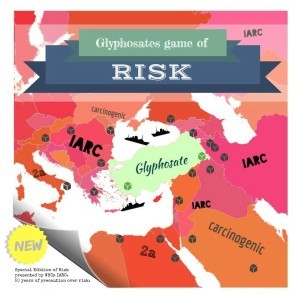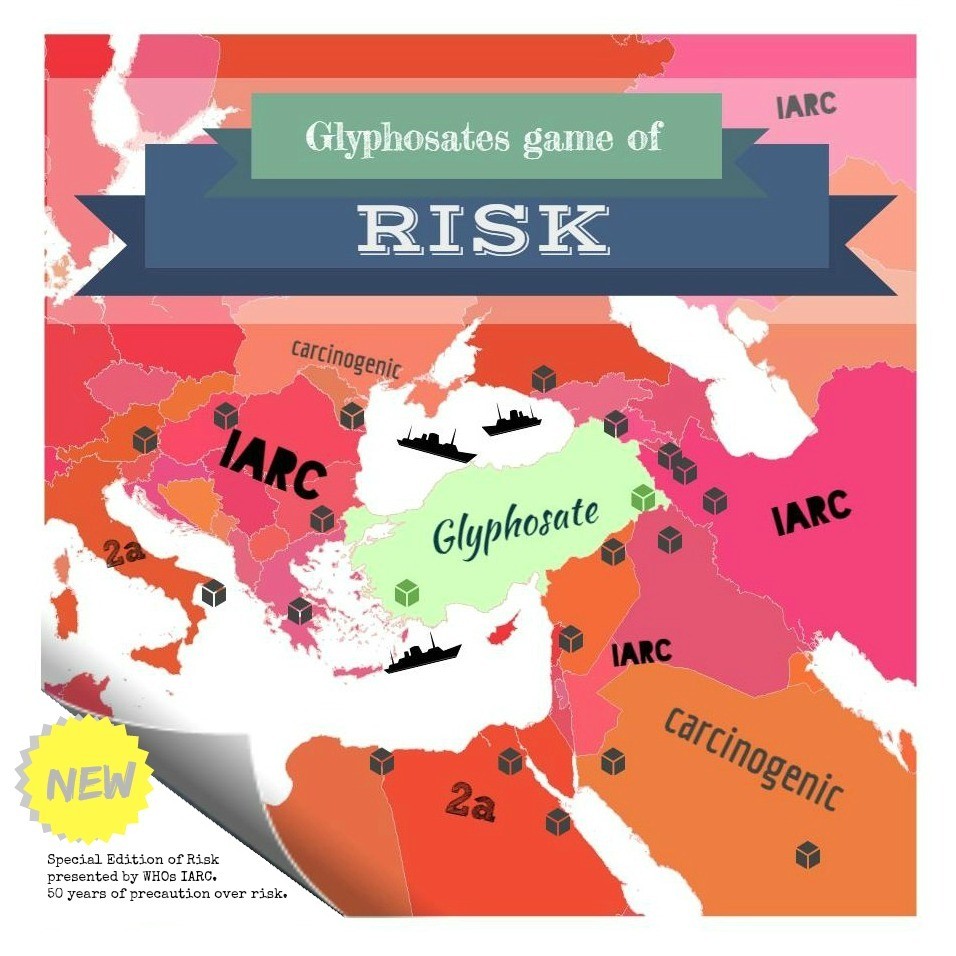Who to Believe in the Glyphosate Debate?
Have you hear? Glyphosate could kill you. Well that’s not the full story, but it caught your attention didn’t it? On March 20th the World Health Organization (WHO) released a report by the International Agency of Research on Cancer (IARC). The IARC had assessed the carcinogenicity of five pesticides, glyphosate (known as Roundup) being one of them. The IARC reported that glyphosate should be classified as probably carcinogenic to humans. This classification has spurred heated debate for and against glyphosate.
Glyphosate is used in agriculture as well as forestry, landscaping and home applications. The IARC reports that glyphosate is currently globally the most used herbicide in agriculture. Glyphosate effectively reduces weeds and grasses, as well as allowing farmers to move away from summerfallow and excessive cultivation. It is clear that glyphosate benefits producers, however does this come at the risk of increasing consumers’ chances of developing cancer?
The IARC says yes, but this needs to be put into context. The IARC evaluates chemicals, referred to as agents, for their capability of causing cancer hazards, even when the measured risk is very low. An agent is coined carcinogenic if it is capable of increasing the incidence of a malignant tumor, reducing its dormancy or increasing a tumors severity. However, this all needs to be taken with a grain of salt, as carcinogenic classification does not take into account exposure. What makes any chemical or product carcinogenic is the amount of time we are exposed to it. There are lots of things in current society that could be classified as harmful, but our exposure rates are so low, that there is no danger to us. Getting an x-ray at the dentist is a perfect example of this.
An agent is coined carcinogenic if it is capable of increasing the incidence of a malignant tumor, reducing its dormancy or increasing a tumors severity. However, this all needs to be taken with a grain of salt, as carcinogenic classification does not take into account exposure. What makes any chemical or product carcinogenic is the amount of time we are exposed to it. There are lots of things in current society that could be classified as harmful, but our exposure rates are so low, that there is no danger to us. Getting an x-ray at the dentist is a perfect example of this.
The issue with the IARC classification process, particularly with glyphosate, is that the IARC did not conduct any new research as part of the process to develop their report, they simply reviewed existing reports and publications and seem to have based their classification of glyphosate as carcinogenic on a 1985 non-evident paper of human carcinogens. While the IARC did review studies on the exposure of glyphosate, it does not appear that scientific basis of causation was included as they moved from proof of harm from chemical exposure to potential for harm from exposure. This is a dangerous precedent for an international agency as it indicates that safe products may be viewed as harmful, when in fact they are not. In fact, the German government reviewed the safety of glyphosate for all of the European Union earlier this year and determined that glyphosate use isn’t linked to cancer. The review done by the German government included all of the literature reviewed by the IARC. So, who to believe?
There is a shift in how some experts and individuals view risk. The standard view has been that a product may be dangerous, but if human exposure is very low, then there is at best, minimal risk. The shift demonstrated by the IARC report is that simply the presence of a risk is enough to list it as dangerous. Risks and harms constantly exist in our daily lives, but we are quite skillful at managing the risks that could present a harm to us, so that we are able to live another day. Modern society is extremely conscious of risk, but are precautionary risk assessment processes of heighten awareness and focus on risk necessary? Standards and criteria are essential so that as individuals, we can be reassured that those who are regulating these products are actually protecting us from harmful products and not simply trying to protect us from harm. Based on the IARC report, society has been mis-informed about the use of glyphosate. International agencies have reputations to uphold and the fact that the IARC was so easily swayed by precautionary principals, is very worrying.
Risk Bites on Youtube help put IARCs classification and risk assessment into context through a great video:
[su_youtube url=”https://www.youtube.com/embed/Oi6RE3nrquI” width=”420″ responsive=”no”]su_youtube[/su_youtube]



Poor question. About poorly regulated use in developing countries or? Surely N/A is not a response, unsure maybe?
That is one reason why critics of glyphosate insist on referring to its use with the terms drench, douse, and massive quantities, so that they can imply that our exposure is much greater than it is, despite all evidence to the contrary.